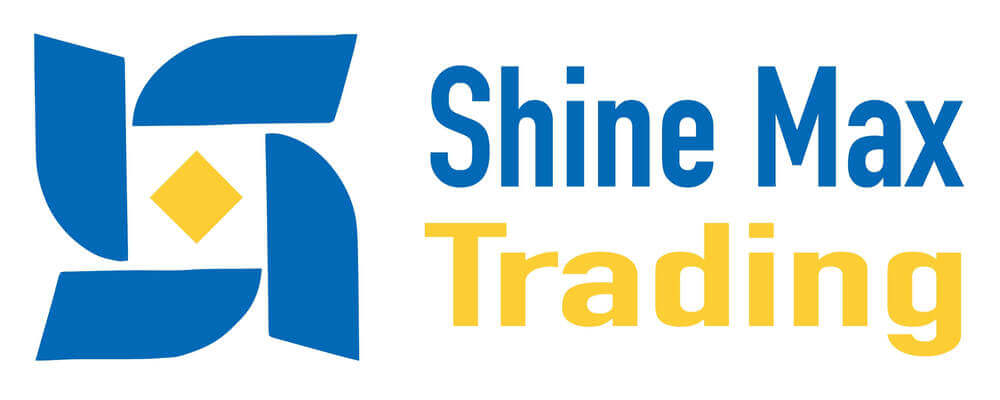
Amidst the market disruption caused by the Israel-Iran conflict, analysts anticipate a resumption of gold's rally, while the US dollar's traditional safe-haven status faces challenges due to US tariff policies and fiscal outlook, fueling concerns about in
Analysts generally believe this is only a temporary phenomenon, and gold prices will resume their rally, while the dollar's traditional "safe-haven asset" status will continue to be weighed down by US tariff policies and fiscal prospects.
Last week, amidst the escalating Israel-Iran conflict, gold surprisingly performed modestly, while the US Dollar Index recorded its largest weekly gain in a month, seemingly re-exhibiting its "safe-haven" attribute.
However, analysts generally believe this is merely a temporary phenomenon, and gold prices will resume their rally, while the dollar's traditional "safe-haven asset" status will continue to be weighed down by US tariff policies and fiscal prospects.
Gold Price Expected to Challenge $4000 Later
Last week, spot gold closed near $3368/ounce, down 1.8% for the week, its first weekly decline in three weeks and reaching its lowest level since June 12. Previously, at the onset of the Israel-Iran conflict, spot gold had briefly approached its previous historical high of $3450. COMEX gold futures settlement price also fell 0.7% to $3385.70/ounce.
A recent research report by Deutsche Bank on June 21 stated that since mid-June, the geopolitical risk premium for gold has rapidly dissipated, appearing unusually subdued compared to its historical reaction to similar geopolitical events. However, the report also suggested that this anomalous performance might be a false signal. The bank cited historical analysis, stating that in 28 historical geopolitical risk events, spot gold prices rose by an average of 3%, with individual event variations differing greatly. Events like the Hamas attack on Israel and the Russia-Ukraine conflict have significantly boosted gold prices. Historical data also indicates that gold's geopolitical event risk premium often peaks between the 8th and 20th trading days after an event, with spot gold showing an average gain of 5.5% during this peak phase.
"Subjectively, the significance of the conflict between Israel and Iran surpasses some other events on the historical list. Based on this, gold's gains will be at least average 3%," Deutsche Bank stated. "Therefore, prepare for gold to rebuild its risk premium in the coming weeks."
The situation is indeed developing in line with this judgment. On June 23, gold has resumed its rally, briefly climbing to an intraday high of $3398, just a step away from the $3400 mark. On the 22nd, US President Donald Trump delivered a national televised address, stating that the US had just "completely dismantled" Iran's three nuclear facilities at Fordow, Natanz, and Isfahan. He also said that Iran must agree to end this war, and if Iran retaliates against the US in any form, the US will respond with "force far exceeding what was seen tonight." The Iranian Foreign Ministry stated that Iran considers the US attack on Iranian nuclear facilities an "act of aggression," vowing "permanent retaliation" for the airstrikes and asserting its right to defend its sovereignty. Simultaneously, Israel continued its attacks, targeting military facilities in Tehran and western Iran.
A recent survey by the World Gold Council found that geopolitical uncertainty and potential trade conflicts are the main reasons why central banks in emerging economies are shifting to gold at a much faster pace than developed economies.
Bank of America further predicts that even disregarding geopolitical risks, gold prices will gain continued upward momentum. The bank's analysts wrote in their latest report that while gold is often seen as a safe-haven asset during global turmoil, wars and geopolitical conflicts are generally not long-term growth drivers for gold prices. Notably, gold's strong rally this year has primarily been driven by central banks purchasing gold to hedge against a worsening US fiscal outlook. Bank of America estimates that central bank gold holdings currently amount to about 18% of outstanding US public debt, up from 13% a decade ago.
As for gold's subsequent market performance, the bank stated that the trajectory of US fiscal budget negotiations and the "Beautiful Big Bill" are crucial. Regardless of how the US Congress ultimately rewrites the budget bill, the US fiscal deficit will remain high. This, coupled with market concerns about US tariffs, is highly likely to lead to more gold purchases by global central banks, and gold prices are expected to reach $4000/ounce next year, an increase of about 19% from current levels.
US Dollar Index Records Rare Gain
Contrary to gold's sudden loss of momentum, the US Dollar Index, which had accumulated a decline of about 9% this year, suddenly rebounded last week, recording its largest weekly gain in a month. Charu Chanana, Chief Investment Strategist at Saxo Bank in Singapore, analyzed that growing concerns over escalating Middle East conflict and US military involvement boosted safe-haven demand for the dollar last week. Simultaneously, soaring oil prices threatened the global inflation outlook, and loosening expectations for central bank policies indirectly boosted the dollar. Furthermore, the Fed's June dot plot showed officials still expect two rate cuts this year. Fed Chair Jerome Powell stated that one of the Fed's responsibilities is to ensure that a one-time inflation increase does not become a long-term inflation problem, and he mentioned the impact of tariffs. This was interpreted by the market as a "hawkish tilt," also supporting the dollar's rally last week.
After the US conducted military strikes against Iran over the weekend, the dollar continued to gain slightly against the euro and most major currencies during the Asia-Pacific trading session on the 23rd. However, market participants believe that under the persistent shadow of tariffs, the dollar will still struggle to firmly re-establish its "safe-haven asset" attribute.
Rodrigo Catril, a strategist at National Australia Bank, believes that under the multiple pressures of Trump's trade policy shocks, soaring US fiscal deficits, and questions about US global leadership, the dollar's and US Treasury bonds' traditional safe-haven aura are facing a critical test. "A theme to watch remains whether the dollar's safe-haven attribute is being diluted by US government trade policies, fiscal profligacy, and institutional challenges."
"Last week's US strike on Iran indeed marked a turning point in market sentiment. The question is, can US assets continue to enjoy a safe-haven premium? Since the conflict began, the Dollar Index has risen about 0.9%. But considering the dollar's role as a traditional safe-haven currency, this gain is relatively limited. Rising fiscal risks, institutional pressure, and policy unpredictability are accelerating the fading of 'American exceptionalism,'" Chanana stated. "In recent months, Trump's trade and fiscal policies have been weighing on the dollar. This time, Trump's bypassing of Congress to launch the strike exacerbated investor concerns about US institutions, potentially pushing up US Treasury yields and eroding the credit premium of US assets. Furthermore, investors will be watching for the potential closure of the Strait of Hormuz or the possibility of other Iranian maritime retaliation against the US. This could drive oil prices significantly higher, add to inflation uncertainty, and deepen investor concerns about the US fiscal outlook and institutional erosion, again testing the dollar's safe-haven appeal."
Neil Birrell, Chief Investment Officer at Premier Miton Investors, stated even more directly, "The traditional safe-haven currency status may briefly reverse the dollar's fortunes. But the biggest trade right now remains shorting the dollar. If the recent rally is merely a knee-jerk reaction to US involvement in the Middle East conflict, the dollar is highly likely to resume its decline."
Investors' complex sentiments towards the dollar can also be seen in the movements of another traditional dollar safe-haven asset – US Treasury bonds. Since the Israel-Iran conflict began, US Treasury yields initially fell, but due to renewed inflation concerns, the trend quickly reversed. Overall, since June 13, US Treasury bonds have barely moved, with the 10-year US Treasury yield rising only about two basis points, continuing to hover around 4.39% during the Asia-Pacific trading session on the 23rd.
-
1Micro-Trading Explained: A New Trend in Low-Threshold Investment34
-
2How to Go Long in Micro Trading: A Comprehensive Guide23
-
3Basic Questions22
-
4Fund Management22
-
5Education and Support22
-
6Other Questions22
-
7Account Management21
-
8Platform Benefits21
-
9Risk and Security19
-
10Trading Operations17

















